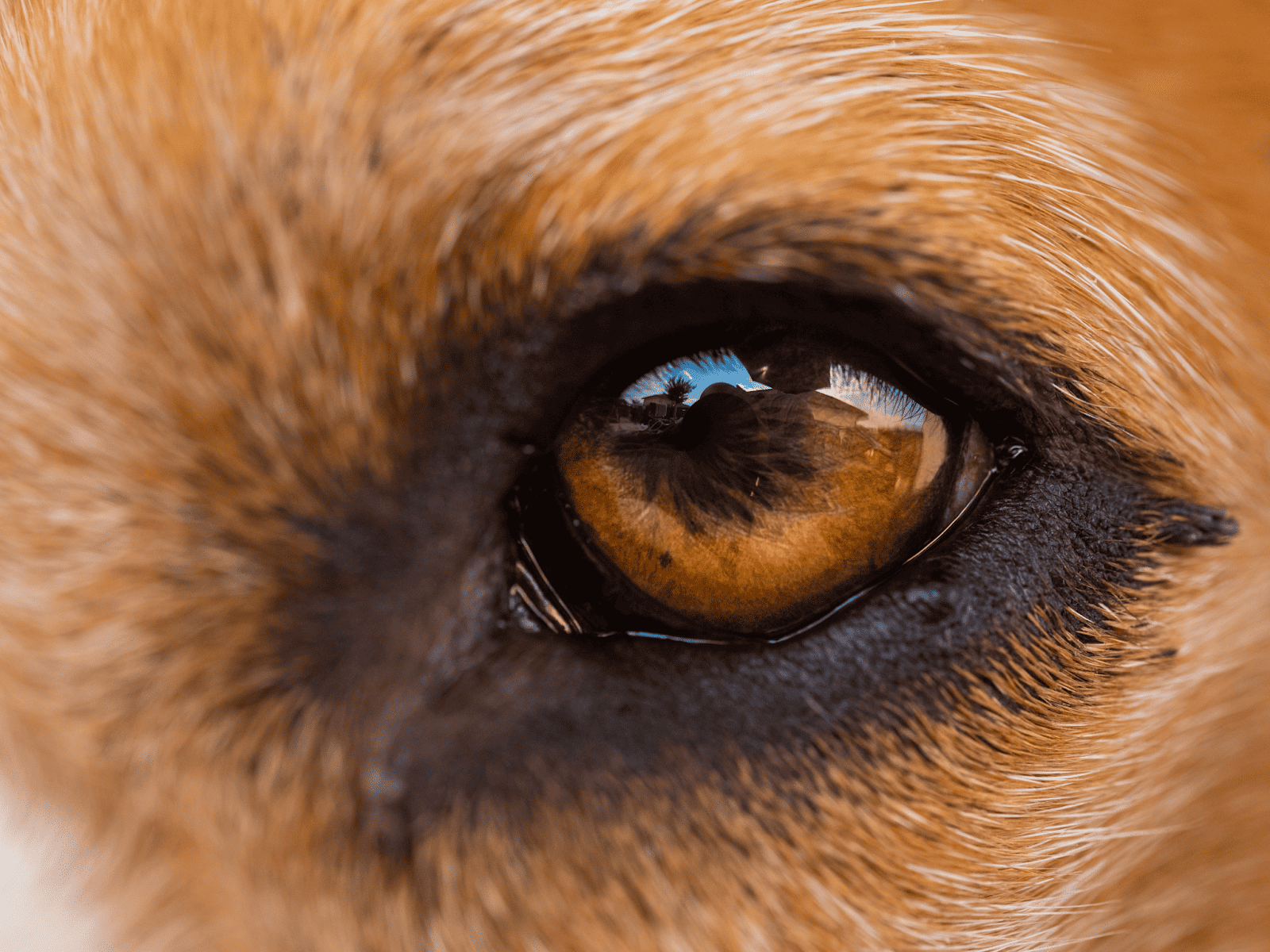Why is My Cat Breathing Heavy?
This is a subtitle for your new post
Nearly all animals breathe heavily from time to time, whether to cool down or catch their breath after physical activity. Dogs panting and breathing heavily is normal, but cats usually don’t exhibit this behavior. So, if you notice open-mouthed or labored breathing in your feline friend, you might wonder, “Why is my cat breathing heavily?” The team here at Violet Crown Veterinary Specialists can help you clarify why your cat is breathing heavily and what to do next.
What causes heavy breathing in cats?
Cats sometimes breathe heavily or pant when they feel hot, stressed, or after physical activity. Heavy breathing of this kind is normal and should resolve on its own as your kitty calms down, rests, and cools off.
However, persistent and recurrent heavy breathing could indicate that your pet is sick. Thinking about what your cat was doing before the heavy breathing began may help you determine whether it’s normal.
If you’re not sure why your cat is breathing heavily, fast, or loudly, it’s time to take them to see the vet.
Signs of Breathing Difficulties in Cats
Cats that are having a hard time breathing may seem to be working hard to move air in and out of their lungs. They might also show signs related to breathing difficulties, such as:
- Rapid breathing
- Noisy panting with an open mouth
- Coughing or wheezing
- Lowering the head, extending the body forward, and appearing to be gagging or about to vomit
Common Causes of Abnormal Heavy Breathing in Cats
Hearing your pet struggle to breathe comfortably can be stressful. Fortunately, many causes of heavy breathing in cats are treatable.
Asthma & Chronic Bronchitis
Heavy, labored breathing with an open mouth can be a sign of asthma in cats. Other common symptoms include wheezing, coughing, panting, and an increased respiratory rate. Chronic bronchitis may cause similar symptoms.
Heart Failure & Fluid Build-Up
Congestive heart failure, which most frequently affects older cats, causes fluid to build up in the lungs and restricts breathing. It can also lead to the enlargement of the heart, which may cause breathing troubles. Even in the absence of heart failure, conditions like hydrothorax can cause fluid to build up in and around the lungs. Fluid build-up makes it difficult for the lungs to bring in as much air as they need and may also lead to rapid breathing, coughing, and panting.
Heartworm
Heartworm disease is a highly preventable condition that often causes breathing difficulties in cats. It’s a severe, potentially fatal disease that you can avoid by giving your cat heartworm prevention medication each month.
Respiratory Infections
A respiratory infection can also make it difficult for cats to breathe normally. These typically begin as viral infections and then develop into secondary bacterial infections, which may cause more severe symptoms.
Other Conditions Related to Heavy Breathing
Other less common causes of heavy breathing in cats include the following:
- Trauma or injury to the chest, lungs, heart, etc.
- Anemia
- Neurologic disorders
- Obstructions caused by foreign objects
- Pain and inflammation
- In some cases, heavy breathing may be a sign of cancer in cats
How to Treat Heavy Breathing in Cats
Treatment for heavy breathing in cats will depend on its underlying cause. Depending on your feline friend’s symptoms, treatment might include:
- Antibiotics
- Oxygen therapy
- Steroids
- Antihistamines
- Surgery or procedures to drain fluid or remove tumors
When is heavy breathing in cats a sign of an emergency?
Anytime you’re unsure about your pet’s ability to breathe comfortably, it’s time to call your veterinarian. Heavy breathing that doesn’t resolve after a few minutes of rest is never considered normal and always warrants a visit to a professional.
If you’re concerned that your cat is having a hard time breathing, you should consider it an emergency. Don’t wait until symptoms become severe to ask for help. If your cat shows other symptoms, like coughing or wheezing, be sure to mention those to your veterinarian, too.
Looking for an Emergency Vet in Austin? Call Violet Crown Veterinary Specialists
As a pet owner, there may be a few things that catch your attention, like seeing your cat having trouble breathing. Reaching out to a veterinary professional is always the best way to address the situation.
If your cat is breathing heavily, contact our vet team immediately to learn what steps to take next. Violet Crown Veterinary Specialists is your go-to for Austin emergency vet services and critical care treatment.
Whether your cat needs emergency care, surgery, or another treatment intervention, our team has the expertise required to help them get back to feeling like themselves.
Contact us today or call us at (512) 284-2877 for 24/7 urgent and emergency care.


